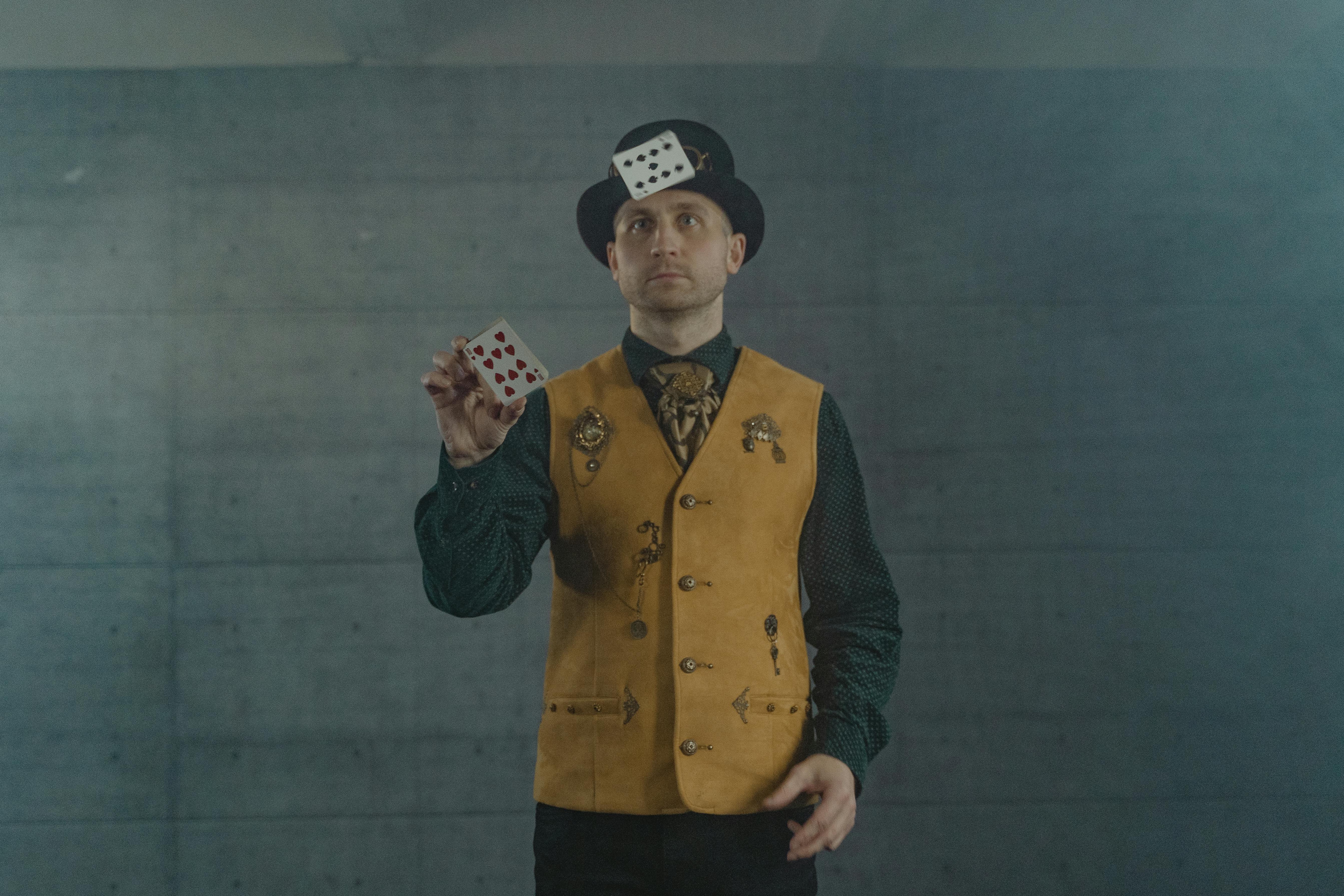In this day and age, you would think that ADHD has been around forever. The disorder itself has been around for quite some time, but it was only recently given the name attention deficit disorder. Before that, the disorder had several names that changed over the years.
In 1902, there is the first documented disorder related to impulsivity. This was in Britain, and the doctor who diagnosed the impulsive disorder was named Dr. Still. He called this disorder a “Moral Control Defect” and believed that the individual diagnosed had a medical disorder beyond his or her control.
After this event, the next documentation of similar symptoms was in 1922. Here, the symptoms that we associate with ADHD were called “post-encephalitic conduct disorder.” I’m not really sure what this title means, but that was the name during this time period.
The next event in ADHD history was in 1937, when Dr. Charles Bradley introduced the use of stimulants in hyperactive children. I still find it interesting that stimulants were thought of to treat hyperactive children when they were already bouncing off the walls. While it is true that stimulants calm hyperactive children, how did anyone hypothesize that this would occur? After this, in 1956, Ritalin was introduced as the drug of choice for treating hyperactivity.
In the 1960s, a larger population was using stimulants. The only symptom that was really documented at this time was hyperactivity. In the early 1960s, the disorder was called “Minimal Brain Dysfunction.” However, at the end of the decade, the name of the disorder was changed to “Hyperkinetic Disorder of Childhood.”
The next event that occurred in relation to ADHD was that new symptoms were added to the scope of the disorder. Along with hyperactivity, added symptoms were poor concentration and space associated with impulsivity. Impulsivity now included verbal, cognitive, and motor impulsivity.
In 1980, the disorder received its current name of attention deficit disorder, with or without hyperactivity. This was documented in the DSM-III published by the American Psychiatric Association. ADD and ADHD were two different diagnoses.
Then, in 1987, ADD was changed to Attention Deficit Hyperactivity Disorder. The American Psychiatric Associated noted that it was a medical diagnosis and not a purely psychological one. They also pointed out that ADHD could cause behavior problems.
In 1996, the FDA approved a new drug called Adderall for the treatment of ADHD. After a period of time, it was considered that it was better to treat the disorder, as it lasted longer and was easier to eliminate. In 1999, other medications to treat ADHD such as Concerta and Focalin were added. In 2003, Strattera was introduced as the first ADHD drug that was not a stimulant. This drug acted as an antidepressant, but increased the amount of norepinephrine in the brain.
